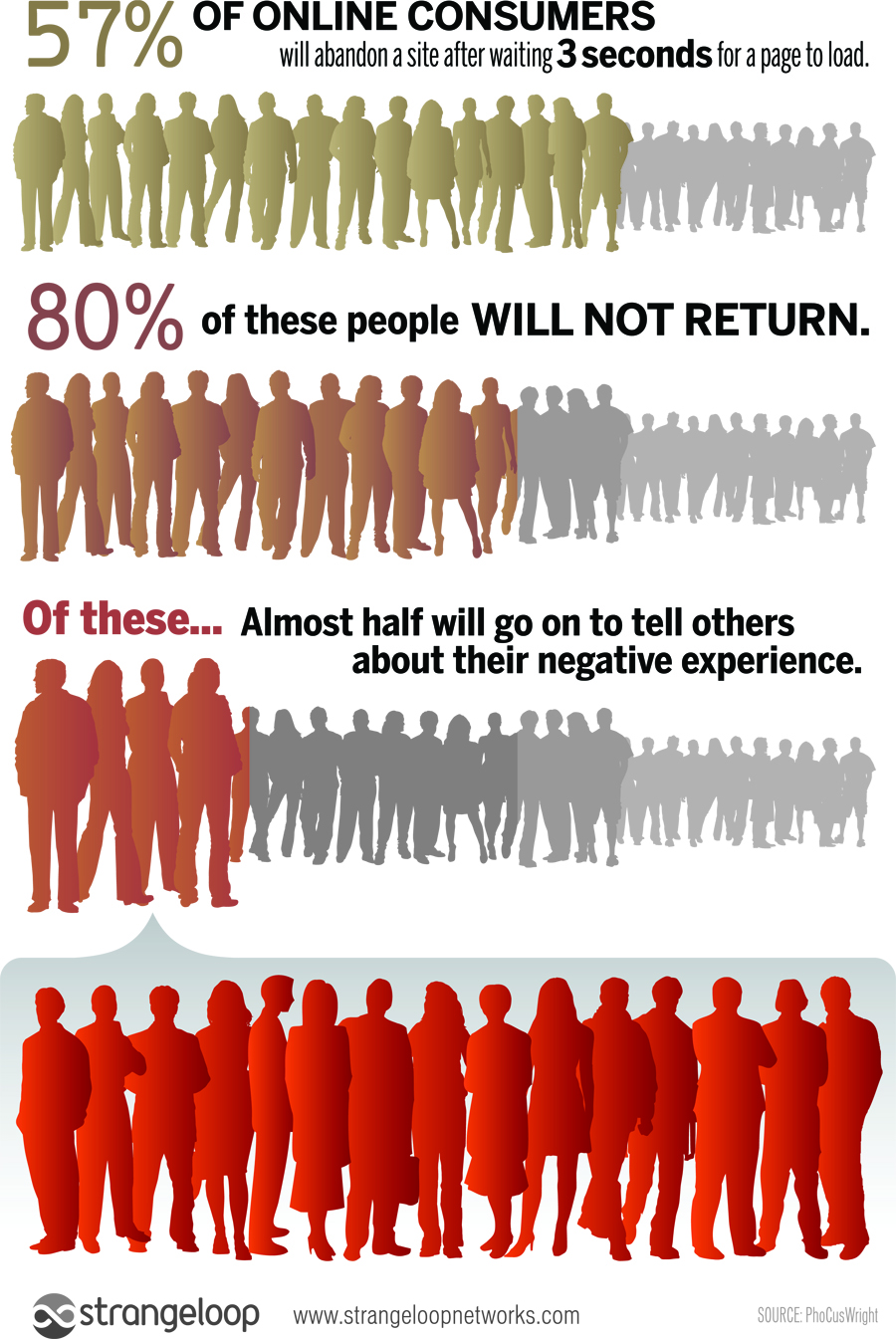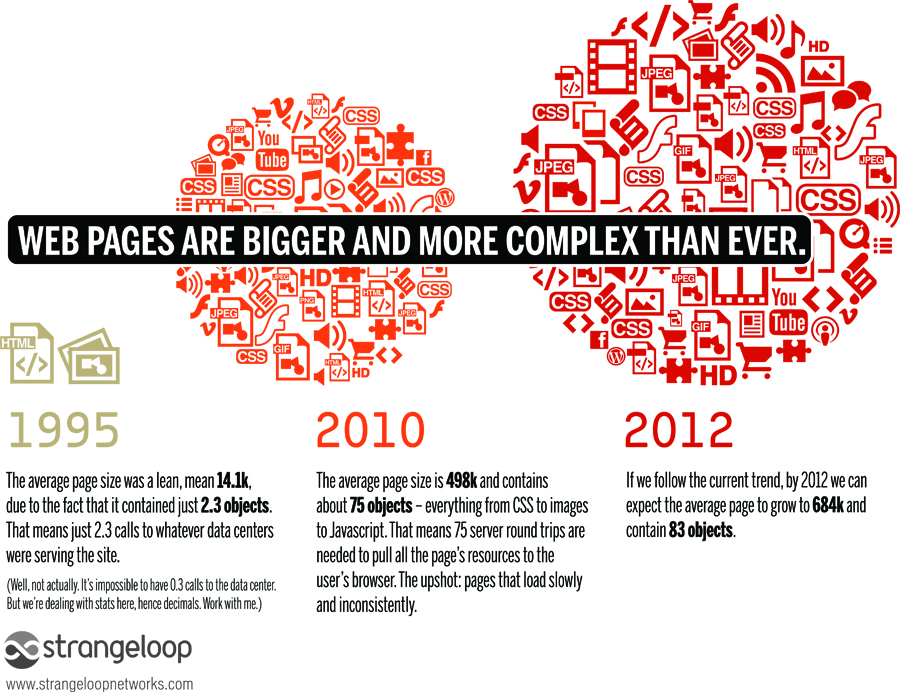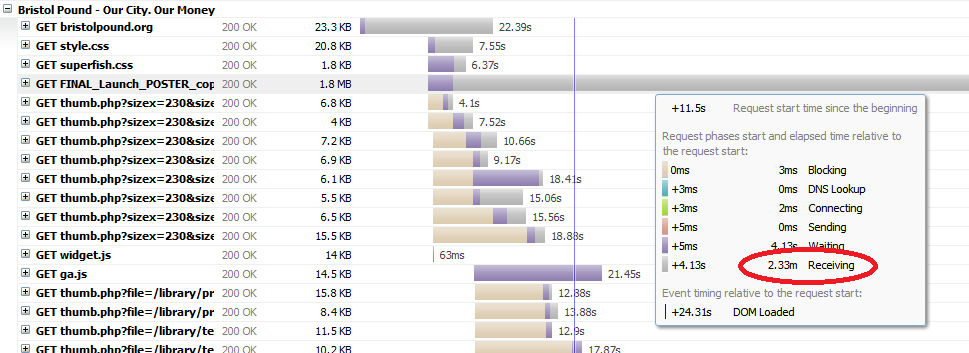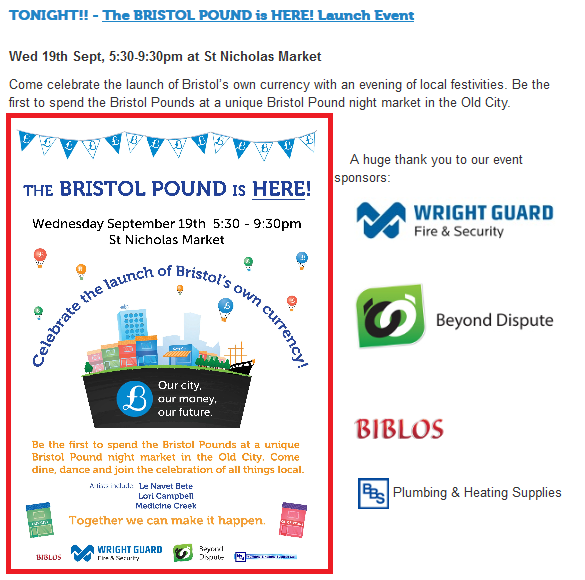
Who’d have thought it?
I didn’t realise that Kraftwerk was so popular.
This morning, Twitter and Google Plus are full of people ranting about poor website performance.
Today’s vitriol is reserved for the Tate Modern in London which is selling tickets for the Kraftwerk 2013 shows.
Here are a few snippets of customer feedback from social media this morning.
Disgruntled customers are never a “good news” story. The IT people will have their necks on the blocks, the PR team will be working overtime and I really feel sorry for the people who have to man the phones and take calls from customers who’ve been waiting to get through for hours.
A brief look at the site shows a few things that they could do to relieve their problems, but I suspect that they simply haven’t seen demand like this before. This, of course, makes it hard to plan; but some simple performance testing prior to launch could have identified these problems and prevented such a PR disaster.
What could they have done?
Used a CDN
They appear to host their own images
A CDN could help to take load away from their webservers at peak time
Served scaled images and use lossless image compression
They send large images, but resize them in HTML.
Many images could be compressed without reducing quality.
Large images consume bandwidth and reduce the number of simultaneous users that a site can support.
Use a more scalable application architecture
They seem to be hosted by verio.com who offer various hosting options including cloud as well as conventional hosting plans. Despite an on-demand architecture, if the application isn’t designed and built to scale up to meet demand it can still fail.





